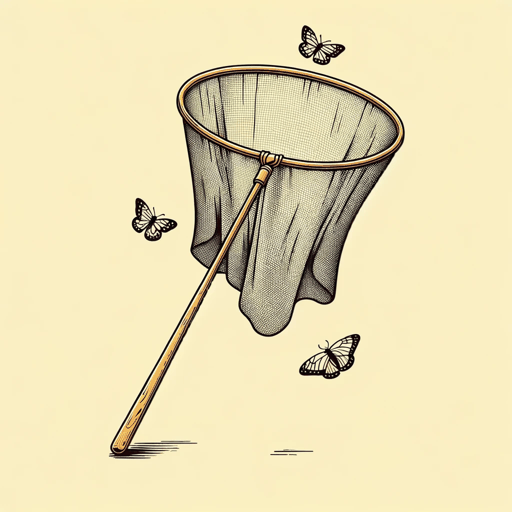55 pages • 1 hour read
George OrwellBurmese Days
Fiction | Novel | Adult | Published in 1934A modern alternative to SparkNotes and CliffsNotes, SuperSummary offers high-quality Study Guides with detailed chapter summaries and analysis of major themes, characters, and more.
Symbols & Motifs
Flory’s Birthmark
The most visible symbol in the novel is Flory’s birthmark—a large, ragged-edged, dark-blue crescent that runs across the entire left side of his face. The birthmark symbolizes how Flory’s beliefs about art, colonialism, and native culture make him an outsider to the others. At the same time, Flory’s birthmark is a symbol of all of his internal weaknesses. In moments of cowardice, Flory feels his birthmark’s coloring becoming more intense and more visible to those around him. In contrast, during his moments of courage, Flory forgets that his birthmark exists at all.
The birthmark also acts as a barometer for Flory’s relationship with Elizabeth. During good moments in their relationship, Elizabeth barely notices the birthmark, but when she dislikes him, the birthmark becomes so revolting to her that she becomes almost physically ill.
The final symbolic significance of the birthmark becomes clear after Flory’s suicide, when it fades away to almost nothing. In death, Flory loses his marker of difference and weakness. Orwell uses this to connect Flory to the thousands of other men who committed suicide in colonial Burma and were quickly forgotten.
Related Titles
By George Orwell

1984
George Orwell

A Hanging
George Orwell

Animal Farm
George Orwell

Coming Up for Air
George Orwell

Down and Out in Paris and London
George Orwell

Homage To Catalonia
George Orwell

Keep the Aspidistra Flying
George Orwell

Politics and the English Language
George Orwell

Shooting an Elephant
George Orwell

Such, Such Were the Joys
George Orwell

The Road to Wigan Pier
George Orwell

Why I Write
George Orwell

